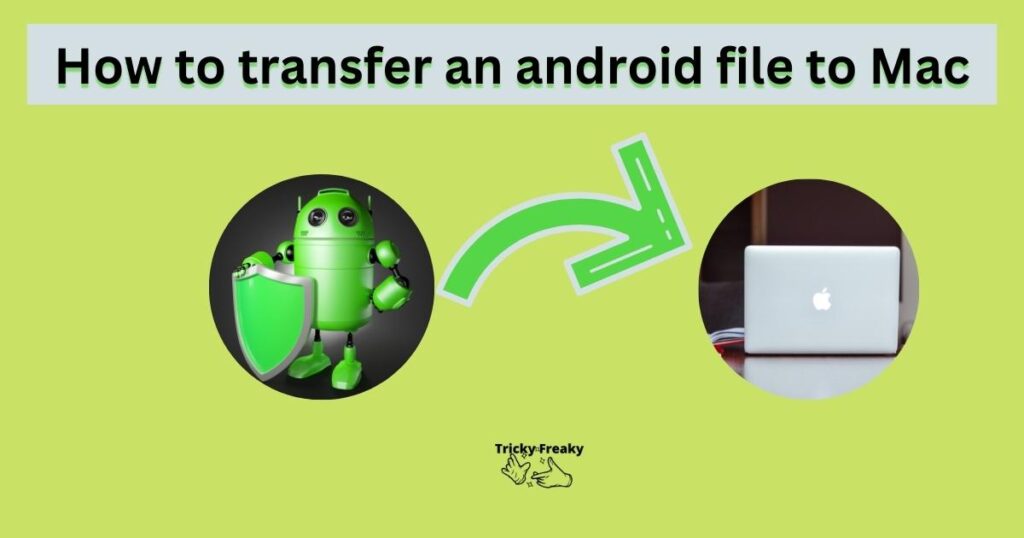Data transfer is essential for sharing content across different devices and operating systems. As Clive Humbly, the British mathematician, aptly put it, “Data is the New Oil.” Just like oil, data holds immense value when refined and analyzed, making it crucial for organizational validation and verification.
Understanding Operating Systems
An operating system (OS) is a software that manages computer resources, serving as a bridge between users and administrators. It plays a vital role in maintaining security, scheduling tasks, managing time, and handling memory allocation.

Android: The Dominant Mobile Operating System
Android stands out as the most widely used mobile operating system worldwide. With its vast array of devices and the largest app market, Android has become a go-to choice for many users. Its versatility and compatibility with various devices make it popular among users seeking customization options.
MacOS: The Efficient and Secure Choice
MacOS, first introduced in 1984, offers efficient and intuitive user experiences. Noteworthy features like exceptional virus protection, mature default browsers like Safari, and a wide range of productivity apps contribute to its popularity.
Why Transfer Files Between Android and MacOS?
Transferring files between Android and MacOS can be advantageous for several reasons:
- Storage Management: Users can move large amounts of data, including music, apps, and files, from their Android devices to Mac to free up storage space.
- File Transfer: Both Android and MacOS devices are designed for easy data transfer between computers and tablets, providing a seamless experience.
- Managing Mobile Data: Transferring files between Android and Mac enables users to manage their mobile data efficiently.
Methods for Transferring Android Files to Mac
- Transfer via USB Cable:
- Connect your Android device to Mac using a USB cable.
- Open Android File Transfer on Mac and tap “Connect.”
- Drag and drop files from Android to Mac or use the copy/paste feature.
- Transfer Using APK (Android Package Kit):
- Locate the APK files on your Android device.
- Install Transfer APK to Mac.
- Select the APK file in your phone’s Gallery and click “Open” to transfer files to Mac.
Is Android File Transfer for Mac Secure?
Yes, Android File Transfer for Mac is a secure method for transferring files between Android devices and Mac computers. The application uses a direct USB connection to ensure data integrity and security during the transfer process. However, it is essential to practice general cybersecurity measures, such as using trusted devices and keeping software up to date, to further enhance the security of your data.
Read more: How to Turn Off Deliver Quietly on Your iPhone
Can I Transfer Files Wirelessly from Android to Mac?
Yes, wireless file transfer from Android to Mac is possible through various methods. One popular option is using third-party apps available on both platforms that enable seamless data sharing over Wi-Fi networks. Additionally, cloud storage services like Google Drive or Dropbox allow users to sync and access files wirelessly across devices. It is essential to ensure a secure Wi-Fi connection and use reputable apps to protect your data during wireless transfers.
Conclusion
Transferring Android files to Mac is an essential skill in this digital age of data exchange. With various methods available, users can seamlessly move data between these two popular operating systems, making their digital experiences more efficient and enjoyable.
FAQs
Yes, Android File Transfer and other methods for file transfer are secure and pose no risk to your data.
Wireless file transfer can be accomplished using Android apps designed for this purpose.
